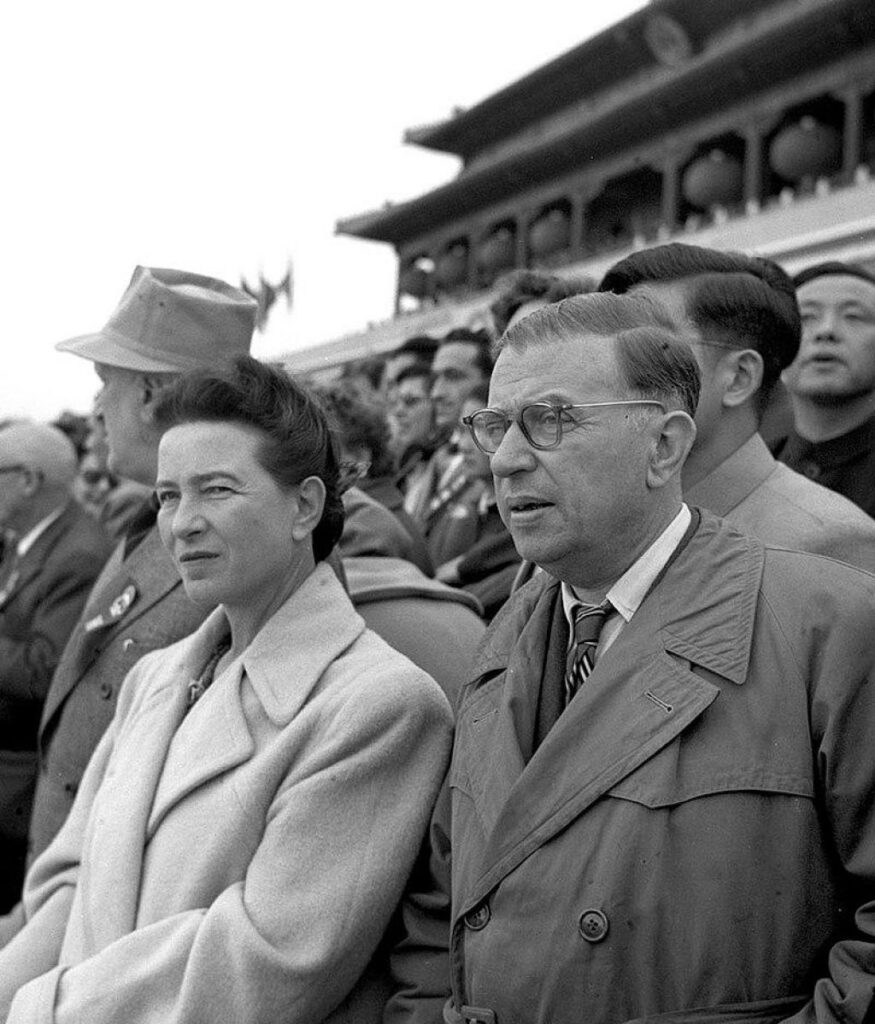- Global History of Psychedelics: A Chacruna Series - October 4, 2023
- Can Psychedelics Promote Social Justice and Change the World? - August 30, 2021
- Kathleen Harrison: Wisdom, Endurance, and Hope – Reflections from a Psychedelic Woman - August 18, 2021

Chacruna is proud to host this series of reflections on women in the history of psychedelic plant medicines. Our inspiration for these posts came from a combination of academic studies and evidence-based analyses, but also from more casual hallway conversations at psychedelic meetings, and personal reflections on how gender shapes experience, and how individual experiences influence the way we learn about psychedelics. Many of us have sat in a room and listened to orators of psychedelic knowledge and wondered about who gets to tell these stories.
Women’s Stories
The posts that follow are intended to expand and deepen our understanding of psychedelics and their history, and not to exclude anyone from this history or discount studies that have not paid attention to gender, or women specifically. We are not interested in stimulating divisions. Our objective is to draw attention to a more diverse set of stories, experiences, and ways of knowing psychedelics. And, we are not just motivated by historical interest. How we listen, and who we listen to matters, especially as we build a psychedelic future that is inclusive, diverse, dynamic, and capable of embracing perspectives that may challenge our own views. Using history as our guide gives us an opportunity to tell little-known stories that can generate new and different insights and reflections about how women have participated in past psychedelic encounters, and how they have been honoured, remembered, neglected and sometimes forgotten.
Our objective is to draw attention to a more diverse set of stories, experiences, and ways of knowing psychedelics.
Some authors are understandably angry about systemic imbalances that have marginalized women. Take for example, the pioneering work of women in the field of psychedelics such as Leni Alberts, whose mescaline experiments approach their 100-year anniversary. As often happened in the history of science and medicine, we find that women’s contributions, both their labour and ideas, were attributed to male colleagues. Returning to these neglected stories fuels a desire to reconcile this past, to pay attention to how women are treated today in psychedelic science, and to recalibrate the gender imbalances at conferences, in publishing by-lines, and in who we recognize as leaders in the field.
Women have not all fared well in this history; a fact that some people may feel threatens to undermine current efforts to decriminalize psychedelics by focusing on negative aspects of the past. As some of our authors will explain, sexual abuse and intimidation are also a part of our psychedelic story. We believe it is important to acknowledge this issue, and pay close attention to how women have exercised caution, or recoiled from exposing themselves when it comes to addressing issues of abuse. Some of our authors will help us navigate this relationship as we think about how psychedelics, sex, and gender have generated challenges to the psychedelic movement, but also how listening to these voices helps us to confront this past.

Other authors offer pragmatic assessments as to why women’s voices were historically tuned out. In the heady days of early experimentation or amidst worldly travels and intellectual meanderings, women played important roles as confidantes, but did not necessarily have the credentials or training to be formally included in psychedelic research. Some, like Simone de Beauvoir, was a famous writer in her own right and it is through her that we have the most thorough account of John Paul Sartre’s mescaline encounter. Yet despite her bringing her considerable intellectual skills to making sense of his consciousness voyage, she is rarely factored into the account, as though she was merely a stenographer taking notes. Some of the women in this past, whether wives or friends or unorthodox practitioners, were less comfortable in the spotlight, making their silence less about being ignored, and more about feeling or wanting to remain peripheral. Our goal is not to rewrite the past in our own mode, but to be sensitive to a more complicated set of reasons for identifying with psychedelics, or not.

Join us at Sacred Plants in the Americas II
Some of our authors even suggest that past practices of silencing women offered them protection; and some women openly sought that protection. For instance, women learned about the effects of ergot long before western scientists unlocked its chemical properties. Ergot was associated with the famous Middle Ages outbreaks of St Anthony’s fire, where grain supplies infected with the ergot fungus (LSD was synthesized from the ergot fungus) that had grown on the rye caused entire communities to behave ‘madly’, erratically or wildly. Popularized accounts of these bizarre and mysterious incidents often blamed women, as witches or conveyers of sorcery, for bringing curses upon villages. It seems likely now that no one at the time understood the cause of this behavior, but women became connected with both the power and malice related to altering one’s conscious state. It is perhaps no surprise that the ancient Egyptian goddess of childbirth is also associated with beer.
For healers dealing with pregnancy, childbirth and even early forms of contraception or what we today would recognize as abortion, ergot held a different function and is connected to ancient traditions of women’s knowledge in reproductive healing. Its capacity to induce contractions was valuable for spurring on labour, whether for the purposes of childbirth or to procure an abortion. For good reason, women healers familiar with ergot concealed this information and their knowledge of ergot, for their own protection against moral and legal prohibitions against abortion.

While early accounts of ergot use don’t typically fit into our current characterization of the consciousness raising and healing powers of psychedelics, they help to reveal a little known knowledge networks and remind us of some of the decisions people have had to make in order to conceal and protect information about plant and fungal medicines, as well as protecting their own well-being.
Alternative Networks of Knowing
Tapping into alternative networks of knowing psychedelic plant medicines, helps us to uncover a rich tapestry of healers, botanists, anthropologists, shamans, spiritual guides, and trusted knowledge keepers, including a more diverse assembly of women and non-western voices. Acknowledging these threads of experience that are grounded in traditions that span well beyond a westernized conceptualization of science, or the modern tradition of psychedelic science, opens new doors of perception and gives us access to important dimensions of entheogenic experiences.
Tapping into alternative networks of knowing psychedelic plant medicines, helps us to uncover a rich tapestry of healers, botanists, anthropologists, shamans, spiritual guides, and trusted knowledge keepers, including a more diverse assembly of women and non-western voices.
In the posts that follow, you will have the opportunity to read about pioneering women in this movement alongside stories that may challenge you to consider how gender interacts with psychedelics in more subtle, complicated, and sometimes problematic, ways. Women as caregivers, although this characterization plays upon stereotypes of women as innately good at nursing and caring, remains a valuable way of seeing women in this field. In the history of psychedelics, caring, preparing, and integrating, has often fallen to women who may not have administered the medicine, or presented the findings, but whose attention to the process has fundamentally shaped our psychedelic past. We honour these and other roles in this series, which is dedicated to discovering and remembering the contributions of women to the history of psychedelic plant medicines.
Art by Mariom Luna.
If you would like to contribute to this ongoing series on the history of women in psychedelic plant medicines, please visit our Call for Abstracts.
Take a minute to browse our stock:
Did you enjoy reading this article?
Please support Chacruna's work by donating to us. We are an independent organization and we offer free education and advocacy for psychedelic plant medicines. We are a team of dedicated volunteers!
Can you help Chacruna advance cultural understanding around these substances?
















